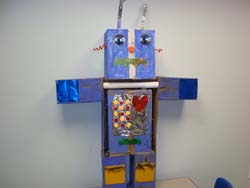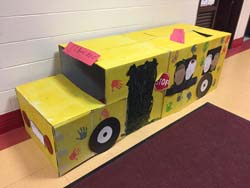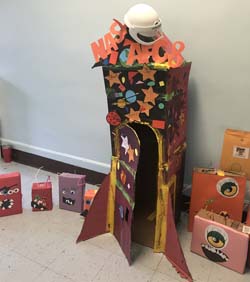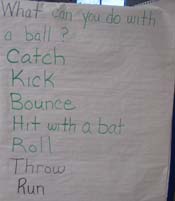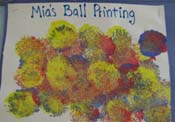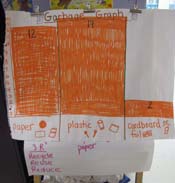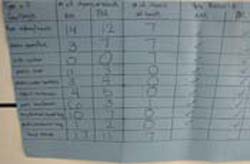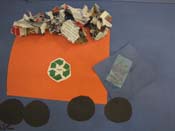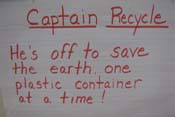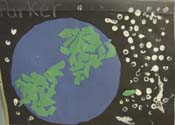Alternatives For Children and the Creative Curriculum |
||||||||||||||||||
Alternatives For Children uses the Creative Curriculum, which is aligned with the New York State P-12 Common Core Learning Standards (CCLS), and ensures continuity with the Common Core State Standards in ELA and Math. The Creative Curriculum is an extensive curriculum based on research and theory of child development. Throughout the school year, children explore a variety of studies through first-hand exploration and discovery. Studies include Trees, Clothes, Buildings, Balls, Wheels, Water, Exercise, Boxes and Getting Ready for Kindergarten, to name a few. Each study is presented in an interactive manner that encourages all children to discover and learn. Teachers are able to structure instruction so each child receives appropriate support to ensure success. The Creative Curriculum includes educational activities for interest areas as well as lessons in literacy, math, science and social studies. Additionally, social and emotional skills are a focus of this curriculum, giving children the opportunity to learn about sharing, turn taking and self-help skills. We focus on teaching the “whole child” and include plenty of physical activity and chances to physically explore literacy, math, science, social studies, technology and the arts. Teachers and therapists are all encouraged to work closely with families. The Creative Curriculum encourages families to take an active role in their child’s school day experience. Family members can help prepare a project that will benefit all the children in the class. Families who are willing to share aspects of their culture and heritage can enrich our classrooms and our school. Teachers will use many different modalities in communicating with families to share information and keep you up to date about your child’s classroom. Creative Curriculum Boxes Investigative StudyAs we study boxes, we will learn concepts and skills in literacy, math, science, social studies, the arts, and technology. We’ll also use thinking skills to investigate, ask questions, solve problems, make predictions, and test our ideas. What we will do in the classrooms. Do a scavenger hunt in the classroom and school to find boxes What are these boxes used for? Sort boxes by bigger and smaller. Does the box have a lid or flaps? Find a box big enough to make a fort or castle. Make an obstacle course using boxes Look for different boxes when you are at the grocery store Take apart different types of boxes and compare the cardboard Make a structure out of different types of boxes
Creative Curriculum Balls Investigative StudyChildren play with balls and look at them in many different ways: throwing, catching, kicking, and rolling them. Children make balls, marbles, and other rolling objects change speed and direction. They see how natural forces such as gravity and friction affect the movement of balls. Children play traditional games with balls and often invent their own games. This study of balls will offer children opportunities to investigate objects from many different perspectives. They will explore important concepts of physical science and social studies as they observe, gather data, explore their school and home environment. A study of balls also offers a meaningful way for children to use skills in mathematics, literacy, the arts, and technology.
Creative CurriculumREDUCE REUSE & RECYCLE Investigative StudyMost of us don’t spend much time thinking about trash and garbage. We might give the problem some thought when our community needs a new landfill, a crisis about dangerous waste arises, or litter gets out of control. But then we often forget about the ever-present challenge of dealing with trash and garbage. We think studying how to reduce, reuse, and recycle trash and garbage will engage children because they are familiar with and curious about the topic. As we study trash and garbage and how we can reduce, reuse, and recycle, we will learn concepts and skills in literacy, math, science, social studies, the arts, and technology. We will also be developing thinking skills to observe, investigate, ask questions, solve problems, make predictions, and test our ideas.
|
||||||||||||||||||
Home > Blog


